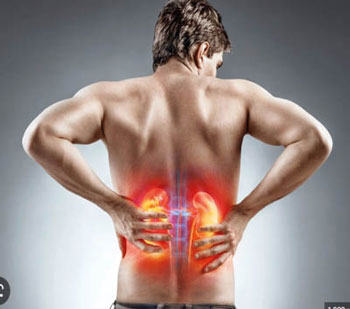Kidney failure is a condition in which one or both of your kidneys no longer work on their own. Causes include diabetes, high blood pressure and acute kidney injuries. Symptoms include fatigue, nausea and vomiting, swelling, changes in how often you go to the bathroom and brain fog. Treatment includes dialysis or a kidney transplant.
Kidney failure (renal failure) means one or both of your kidneys no longer function well on their own. Kidney failure is sometimes temporary and develops quickly (acute). Other times it’s a chronic (long-term) condition that slowly gets worse.
Kidney failure is the most severe stage of kidney disease. It’s fatal without treatment. If you have kidney failure, you may survive a few days or weeks without treatment.
Your kidneys are bean-shaped organs about the size of your fist. They sit under your ribcage, toward your back. Most people have two working kidneys, but you can live well with only one kidney as long as it’s working correctly.
Kidneys have several jobs. One of the most important jobs is helping your body eliminate toxins. Your kidneys filter your blood and send waste products out of your body in urine (pee).
When your kidneys don’t work correctly, waste products build up in your body. If this happens, you’ll feel sick and eventually die without treatment. Many people can manage kidney failure with the proper treatment.
There are kidney disease stages according to your estimated glomerular filtration rate (eGFR).
Your eGFR is a calculation of how well your kidneys filter substances. A normal eGFR is about 100. The lowest eGFR is 0, which means there’s no remaining kidney function.
The stages of any kidney disease include:Stage I. Your GFR is higher than 90 but below 100. At this stage, your kidneys have mild damage but still function normally.Stage II. Your GFR may be as low as 60 or as high as 89. You have more damage to your kidneys than in stage I, but they still function well.Stage III. Your GFR may be as low as 30 or as high as 59. You may have mild or severe loss of kidney function.Stage IV. Your GFR may be as low as 15 or as high as 29. You have severe loss of kidney function.Stage V. Your GFR is below 15. Your kidneys are nearing or at complete failure.










